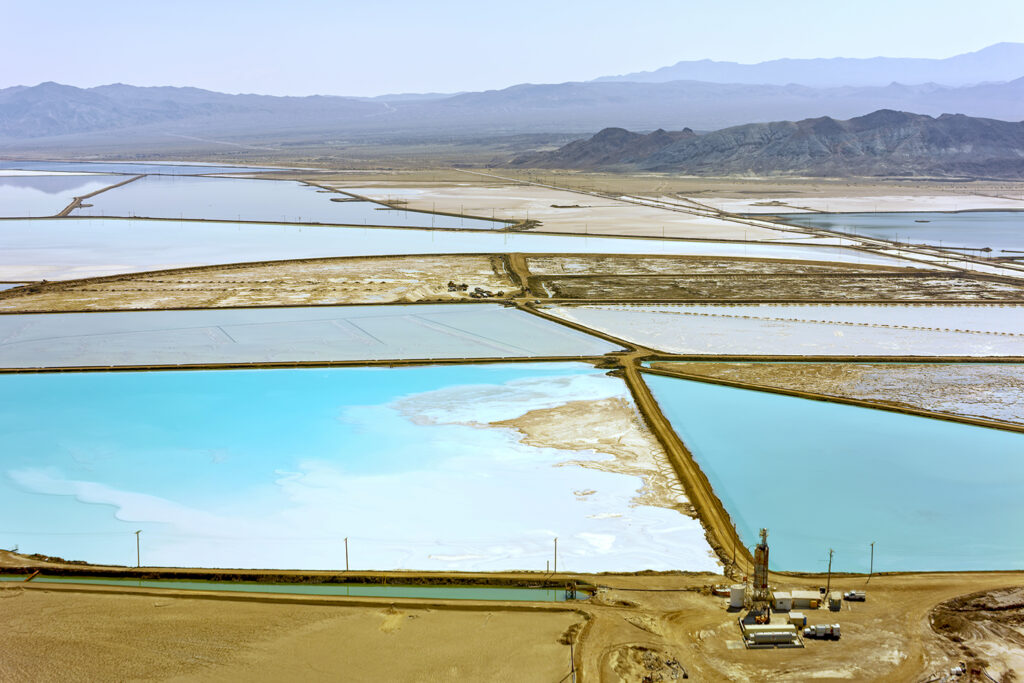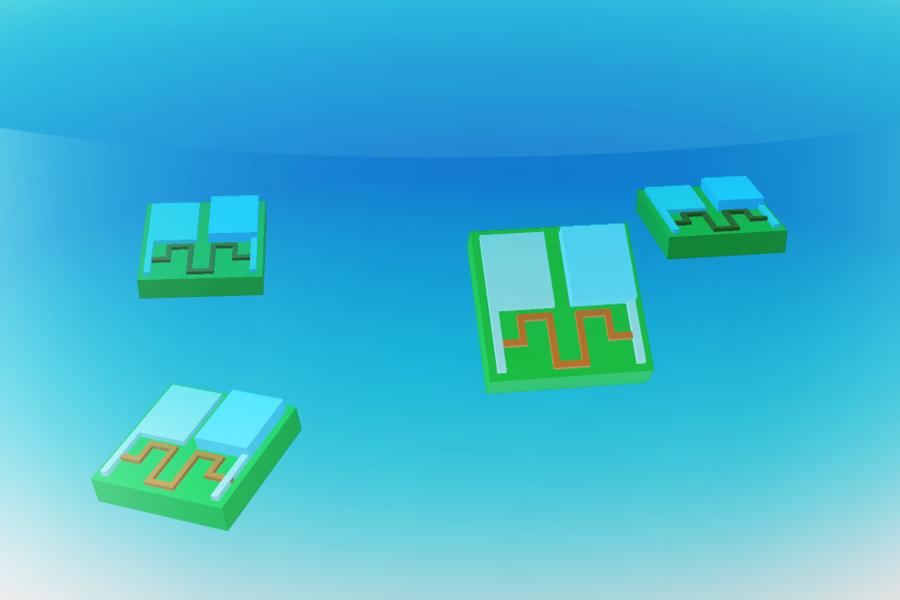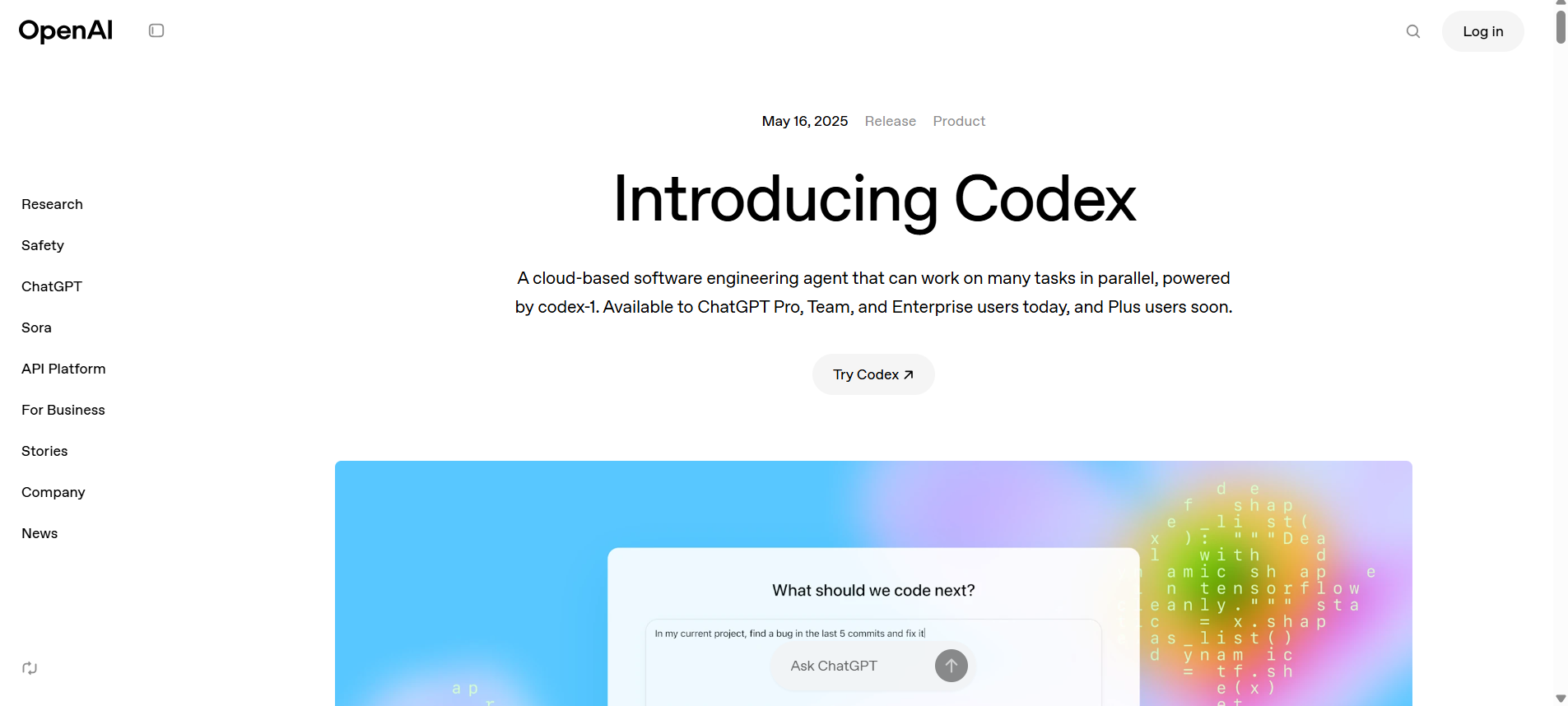Stanford’s breakthrough approach makes lithium extraction 40% cheaper and sustainable
Researchers have developed a novel method for extracting lithium from brine or salty water that is significantly less expensive than traditional approaches.
Stanford University researchers conducted research on the new method, which has the potential to reduce the cost of mined lithium to less than a fifth of the metal’s current market price.

The redox-couple electrodialysis (RCE) approach to sustainable lithium extraction from brine will also be more dependable and resource-efficient.
The global demand for lithium is rising as a result of the shift to renewable energy. By 2030, 3−4 million metric tons of lithium would be needed, according to a McKinsey & Co. estimate.
There will be a need for more mining and resource exploitation on land to meet this growing need. The metal is extracted using evaporation and chemical precipitation methods from high-grade ores and salt-lake brines.
The sensitivity of the deposits’ geological formations limits the adaptability of typical extraction techniques, which also depend on certain meteorological and climate circumstances.
These difficulties increase the cost of extraction and raise the price of the finished product.
As a result, direct lithium extraction methods are becoming more and more well-liked for their efficiency and compliance with the environment, among other reasons. Among them, the most competitive ones are those that rely on electrochemical processes, including electrolysis, electrodialysis, and ion pumping.
Researchers from Stanford University have presented a novel method
Redox-couple electrodialysis (RCE) is the novel method that the Standford University researchers have suggested to provide sustainable Li extraction from brines used in oil extraction and salt lakes.
It makes use of the identical half-redox process—the hydrogen evolution reaction (HER) and the hydrogen oxidation reaction (HOR)—which is the foundation of electrodialysis, but it operates in the other way.
According to the paper, the technique makes use of a lithium-ion selective SSE membrane, which guarantees that only lithium ions may pass through the membrane from the brine to the receiving solution.
Through the application of electricity, lithium is transferred from low-concentration water to a highly concentrated, high-purity solution via a solid-state electrolyte membrane.
Senior author Yi Cui, a professor of materials science and engineering in the School of Engineering, said, “The benefits to efficiency and cost innate to our approach make it a promising alternative to current extraction techniques and a potential game changer for the lithium supply chain.”
The research team believes that the cost of this method, which can be affordably converted to battery-grade lithium carbonate, is $3,500 to $4,400 per ton of high-purity lithium hydroxide, according to a Stanford Report story.
This is a significant cost savings over the current dominant approach for lithium extraction from brine, which costs around $9,100 per ton.
The researchers claim that this new method is extremely efficient, requiring less than 10% of the power used by brine extraction technologies today while having a nearly 100% lithium selectivity.
Co-lead author of the paper and former postdoctoral researcher in Cui’s group Rong Xu stated, “The advantages displayed by our approach over conventional lithium extraction techniques enhance its feasibility in eco-friendly and cost-effective lithium production.”
For more such technology updates, remain hooked into www.mortentechnologies.com





Leave a Reply